When was the Neolithic period in Britain?
The Neolithic Revolution was a period of human advancement seen across the world, as the irresistible new technology, farming, took hold, and sedentary civilisation became feasible. The earliest societies to abandon their hunter-gatherer lifestyles were the Middle East and China, their Neolithic period beginning around 8000 BC.
The Neolithic in Britain came slightly later, introduced by migrants from Europe in around 4000 BC. They brought with them agricultural techniques, and the previously untamed landscape of Britain quickly became more ordered.
The end of the Neolithic in Britain was around 2500 BC, leading into the Bronze Age.
Facts about the Neolithic era
- The population at the end of the Neolithic era (2500 BC) was around 250,000 people.
- By the end of the Bronze Age (800 BC) it had doubled to about 500,000.
- If they survived infancy, most people could expect to live to their 40s or 50s.
- Large areas of cultivated land appeared; woods were managed for timber.
- Elk and aurochs became extinct and species such as bears became more rare.
Best places to see remnants of the Neolithic era
Much like other eras in British history, which boast extravagant stately homes and castles, the Neolithic left an imposing mark upon the British landscape. Megalithic stone circles such as Avebury, and its more famous sibling, Stonehenge, are two of the most notable, but many more stone circles litter the countryside, a reminder of the innovation and power of the Neolithic peoples.
There is no better place to see the impact of the Neolithic period than Wiltshire, where the majority of the most iconic stone circles reside.
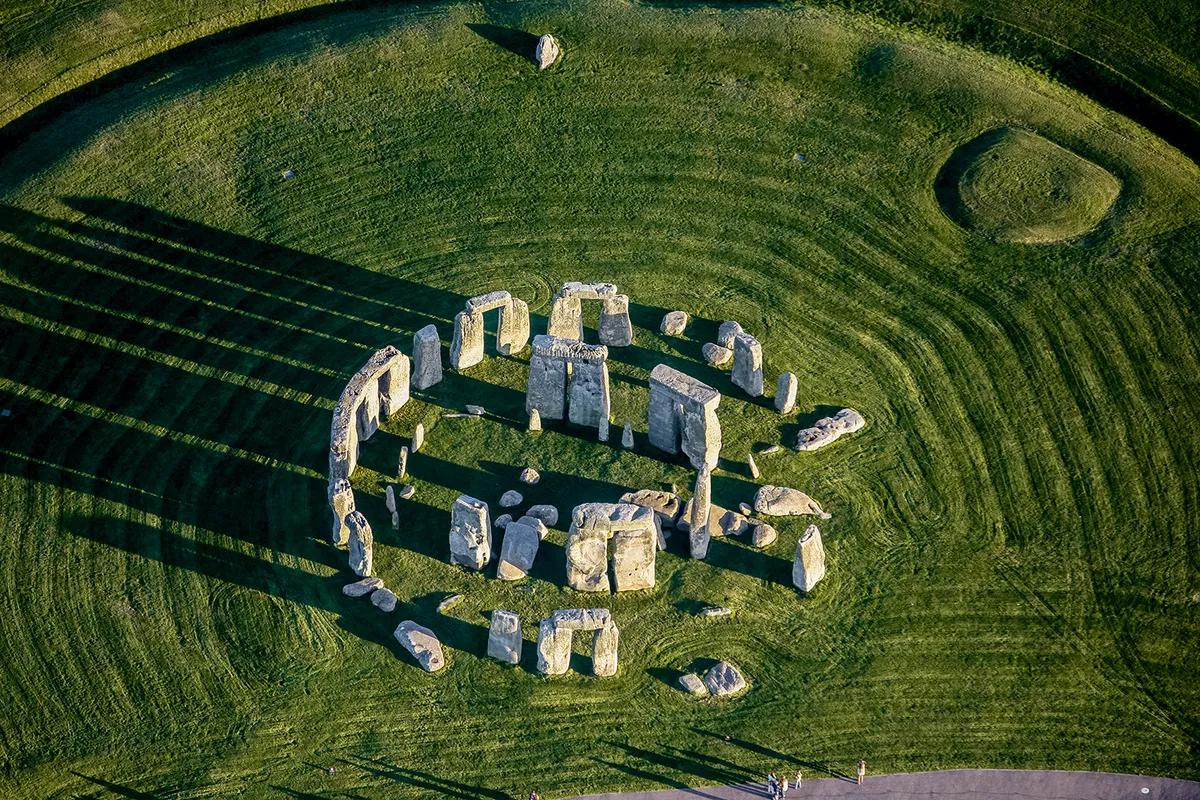
Stonehenge, Wiltshire
A wonder of the world, and perhaps the world's most famous prehistoric monument. The Megalithic structure was built in stages, with the early henge built about 5000 years ago and the stone circle erected near the end of the Neolithic around 2500 BC.
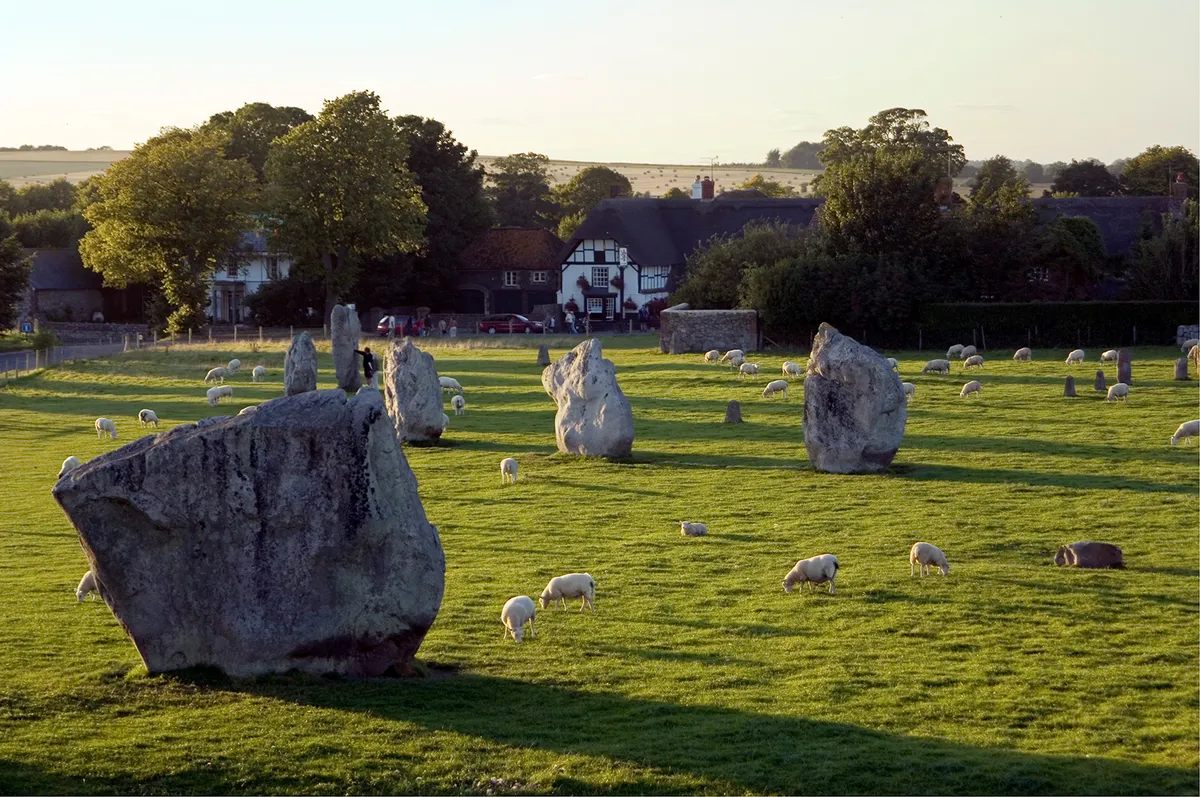
Avebury, Wiltshire
Just off the A4, amid the North Wessex Downs some four miles west of Marlborough, lies the small village of Avebury. This tiny settlement – including a scattering of cottages, the 16th-century manor and thatched pub – lies in the centre of the largest megalithic stone circle in Britain, bigger by far than Stonehenge, which lies some 20 miles to the south.
The circle and henge (a huge circular bank and ditch) surround the village of Avebury and were built between 2850 and 2200 BC.

Silbury Hill, Wiltshire
Silbury Hill (c 2400 BC) is Europe’s tallest prehistoric mound. Comparable in size to the Egyptian pyramids, it was built at around the same time. No burial chamber has ever been found inside and its purpose remains a mystery.
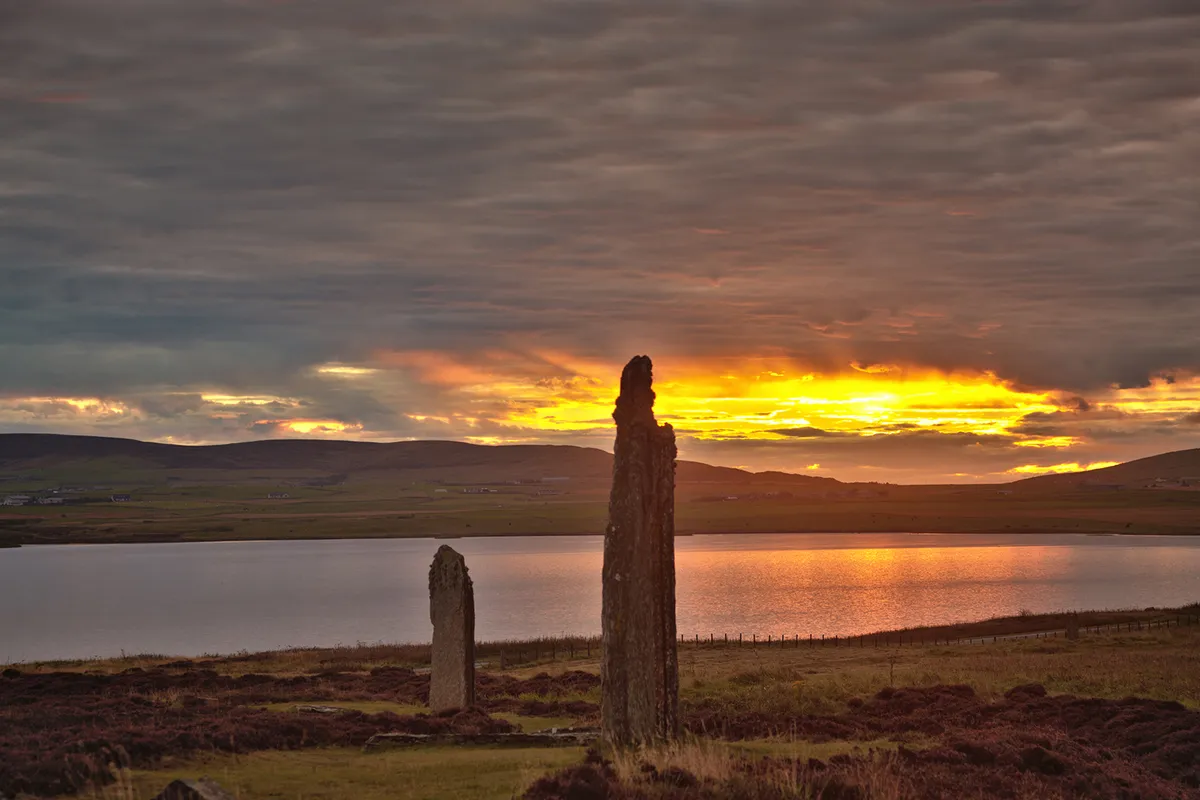
Ring of Brodgar, Orkney
The best preserved Neolithic and early Bronze Age landscape in Europe. Sites include the Ring of Brodgar stone circle, the Stones of Stenness, the chambered tomb of Maes Howe and the Skara Brae settlement.
The birth of agriculture in Britain- How did it happen?
When settlers from Europe arrived in Britain around 4000 BC, they carried with them the means to civilise Britain- farming.
Native dwellers embraced this change, as they were already shifting to a more sedentary lifestyle. Many hunter-gatherers already lived in permanent settlements. They had also made their first tentative steps toward farming by managing reserves of fish and game. However, the arrival of the migrants from Europe hastened the pace at which agriculture took hold. In less than 400 years – by about 3700 BC – farming had swept through England, Wales and Scotland.
Where are the best Neolithic sites to visit?
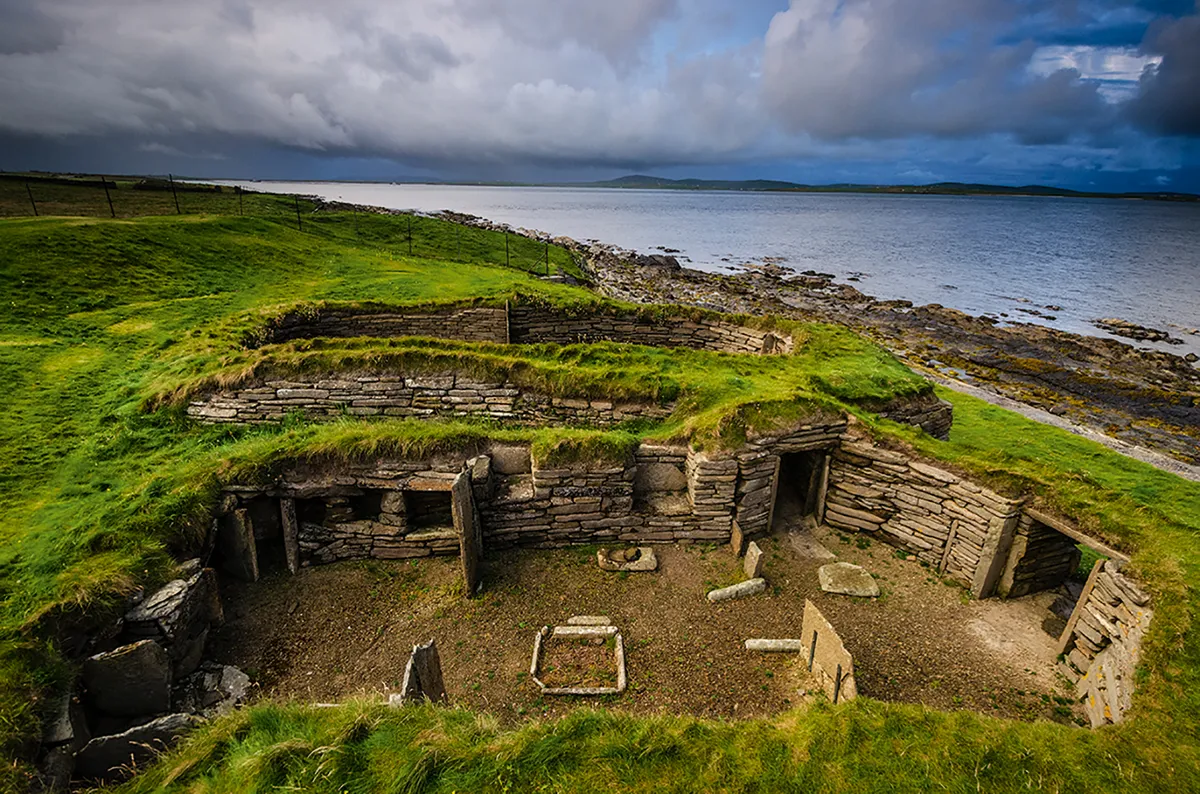
Knap of Howar, Orkney
Two superbly preserved early Neolithic houses in sand dunes. They are entered by short stone-roofed corridors to protect them from Atlantic gales. Built around 3600 BC, they reveal much about Neolithic construction.
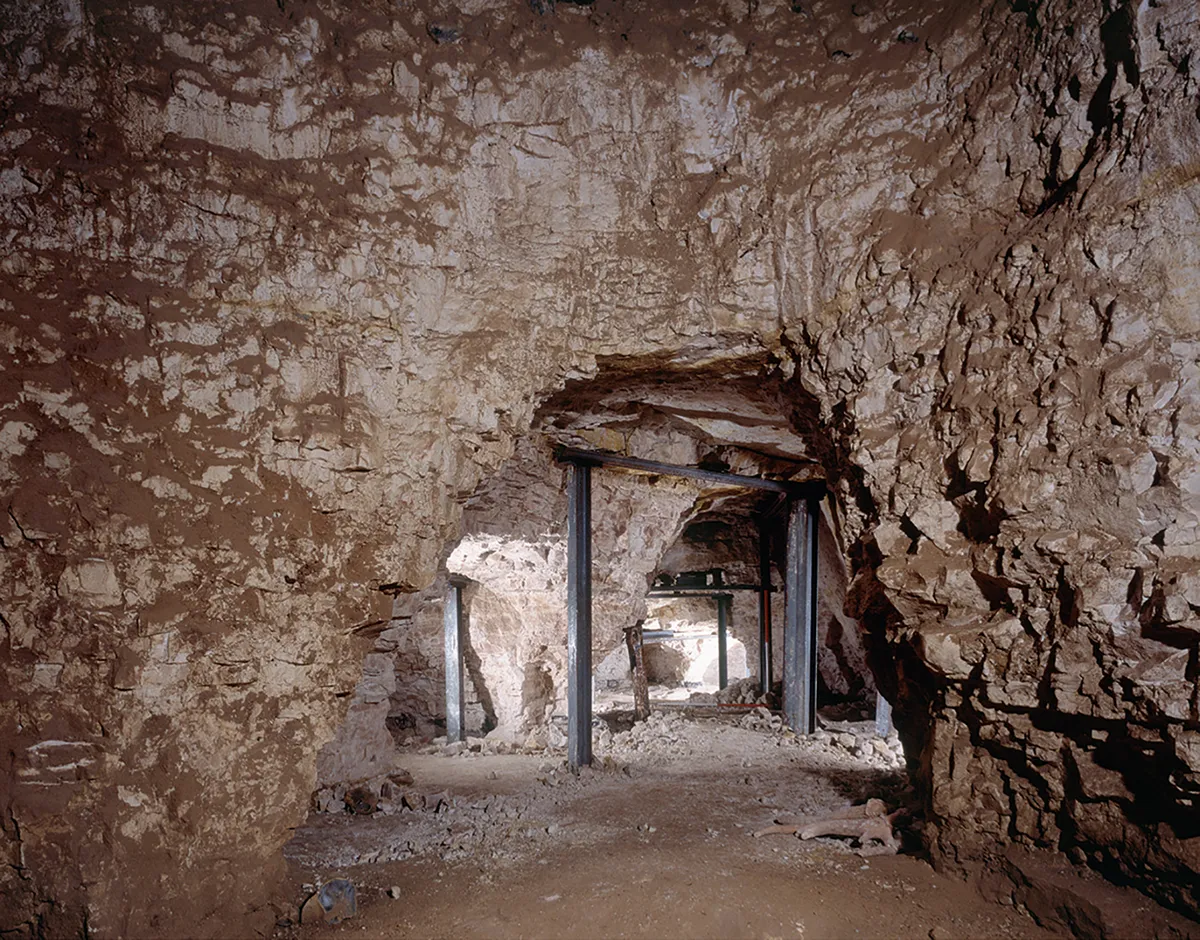
Grime’s Graves, Norfolk
This Neolithic site is the only flint mine in Britain open to the public. Visitors (but not children under 10) can enter the deep mines to see the jet-black flint. The shaft open to the public is one of over 400 that were dug 5,000 years ago. english-heritage.org.uk

Wayland’s Smithy, Oxfordshire
A fine chambered long barrow in a wooded setting a short walk off the Ridgeway, about a mile from the Bronze Age Uffington White Horse. The site was built in two phases, first around 3570 BC, then a century later. It is this later tomb that visitors can see. english-heritage.org.uk
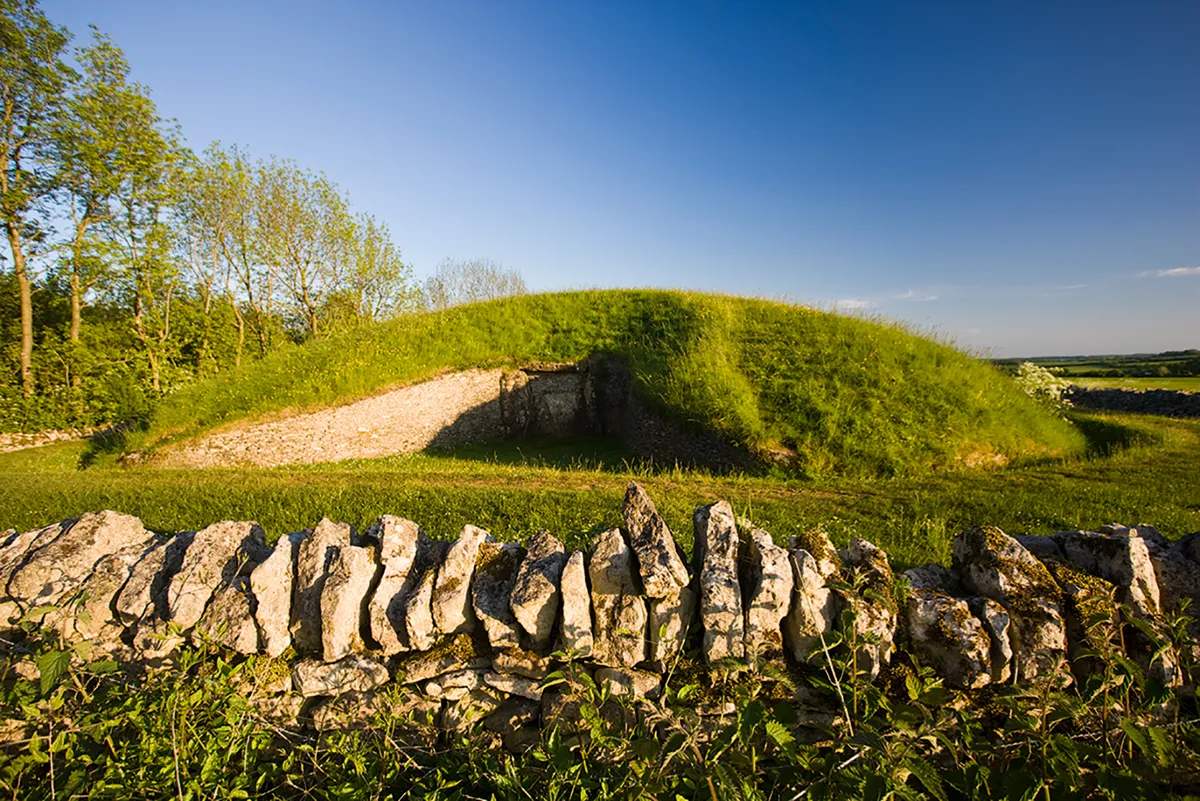
Belas Knap, Gloucestershire
Excavated in Victorian times, this chambered long barrow was has been well restored recently. The excavators discovered the remains of 31 individuals. The site is located just off the Cotswold Way National Trail, with good access for walkers and cyclists. english-heritage.org.uk

Castlerigg Stone Circle, Cumbria
This impressive stone circle in a dramatic Lake District setting was erected around 3000 BC; its alignment may have had astronomical significance. Note the large stones on either side of the entrance and the very rare setting of four stones in the interior. english-heritage.org.uk

Hambledon Hill, Dorset
Part of a national nature reserve, this site is best known for its large Iron Age hillfort, the ramparts of which dominate the steep-sided hill. But within the hillfort are the well-preserved remains of two causewayed enclosures and at least two Neolithic long barrows.
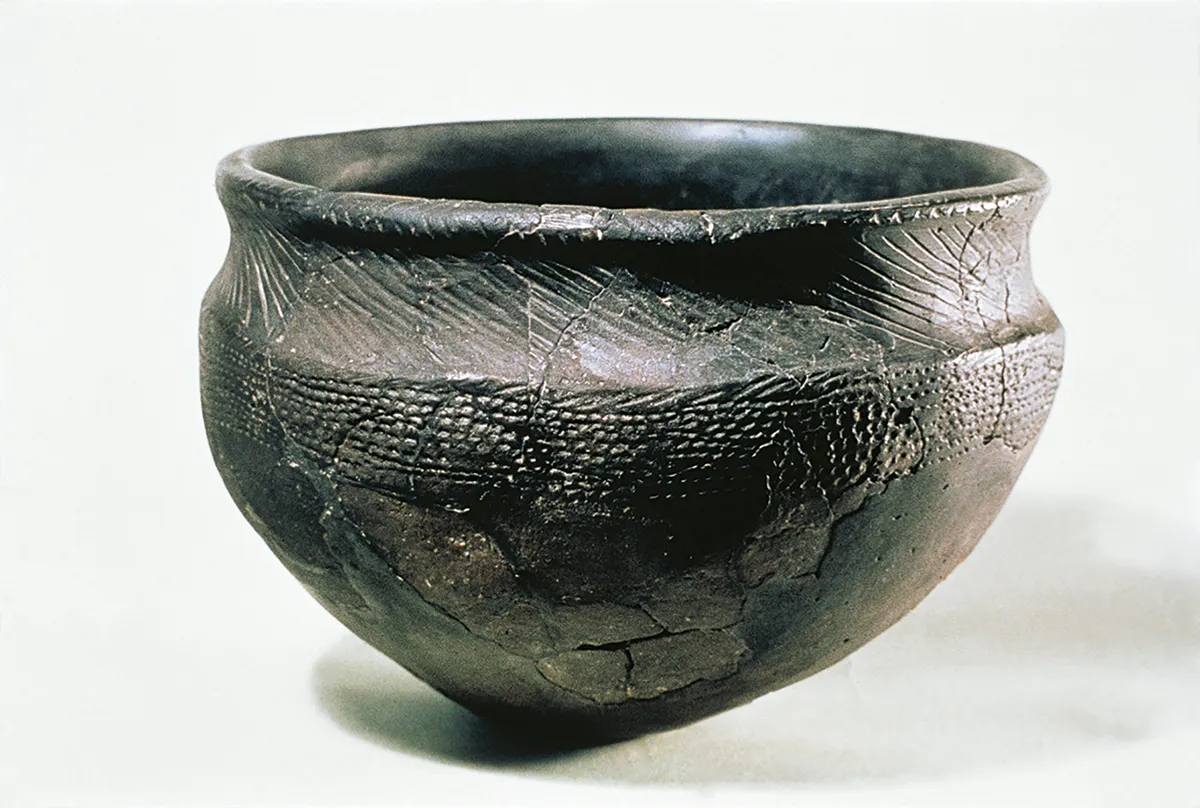
The Museum of London
Collections include Neolithic pottery vessels, as well as polished stone axes and mace heads, many dredged from the Thames when it was deepened for shipping in the 19th and 20th centuries. These items had probably been placed in the river as offerings.
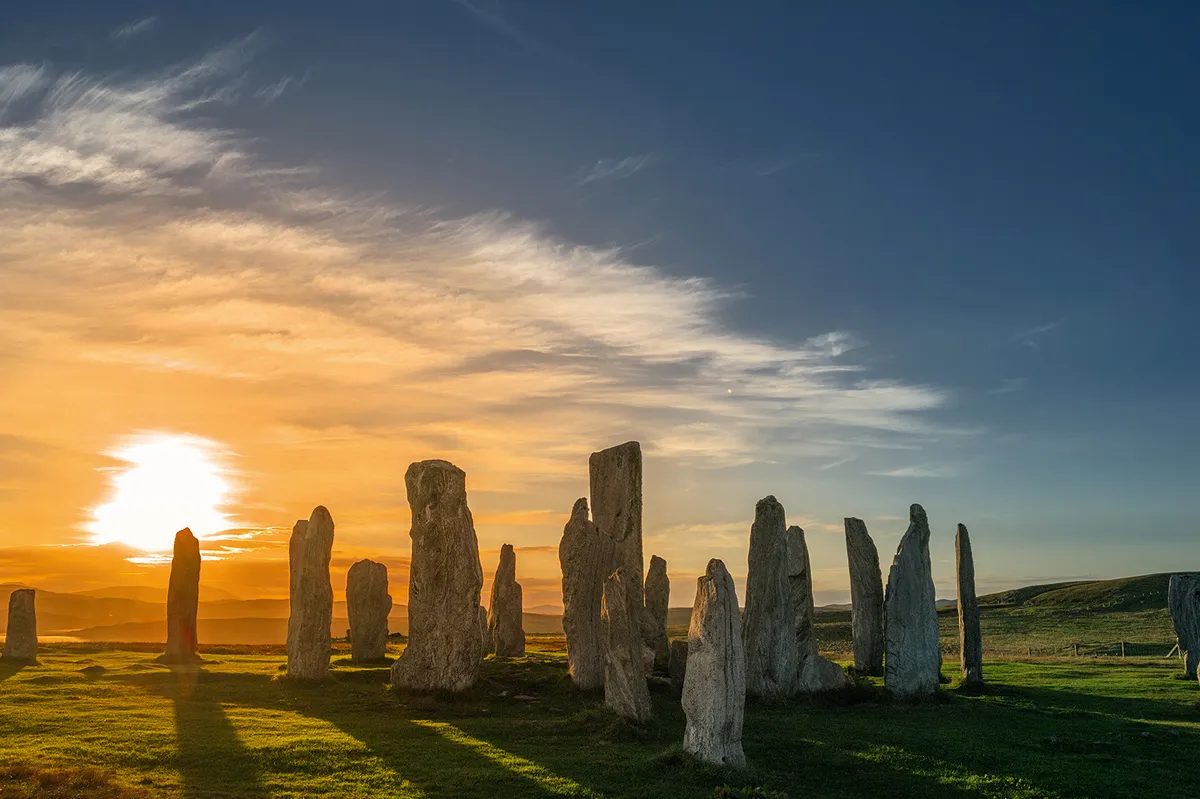
Callanish Stones, Outer Hebrides
These standing stones on the Isle of Lewis are arranged in a cross shape, with a 5,000-year-old central stone circle. Erected in the late Neolithic era, they were a focus for ritual activity during the Bronze Age. The visitor centre has a Story of the Stones exhibition.
